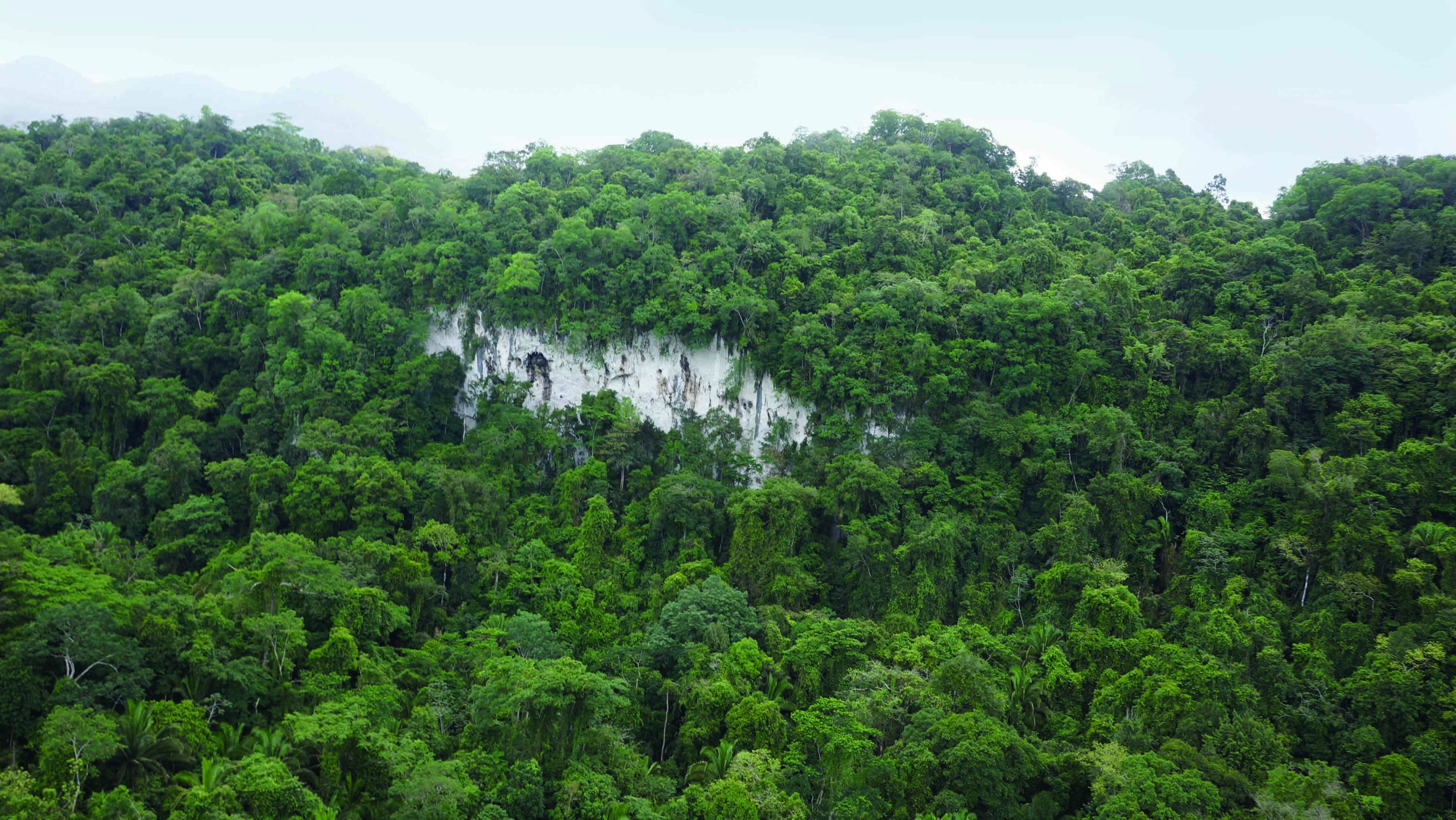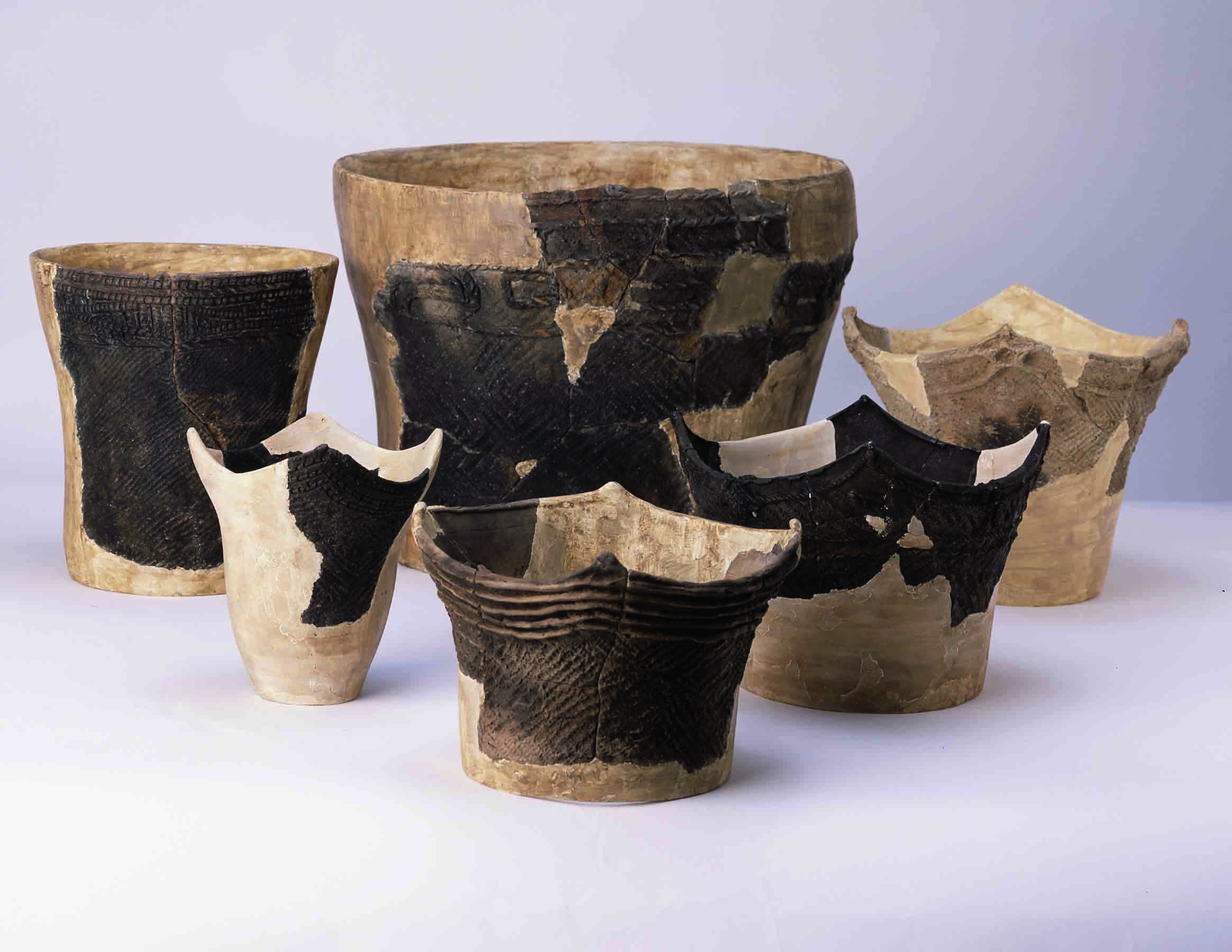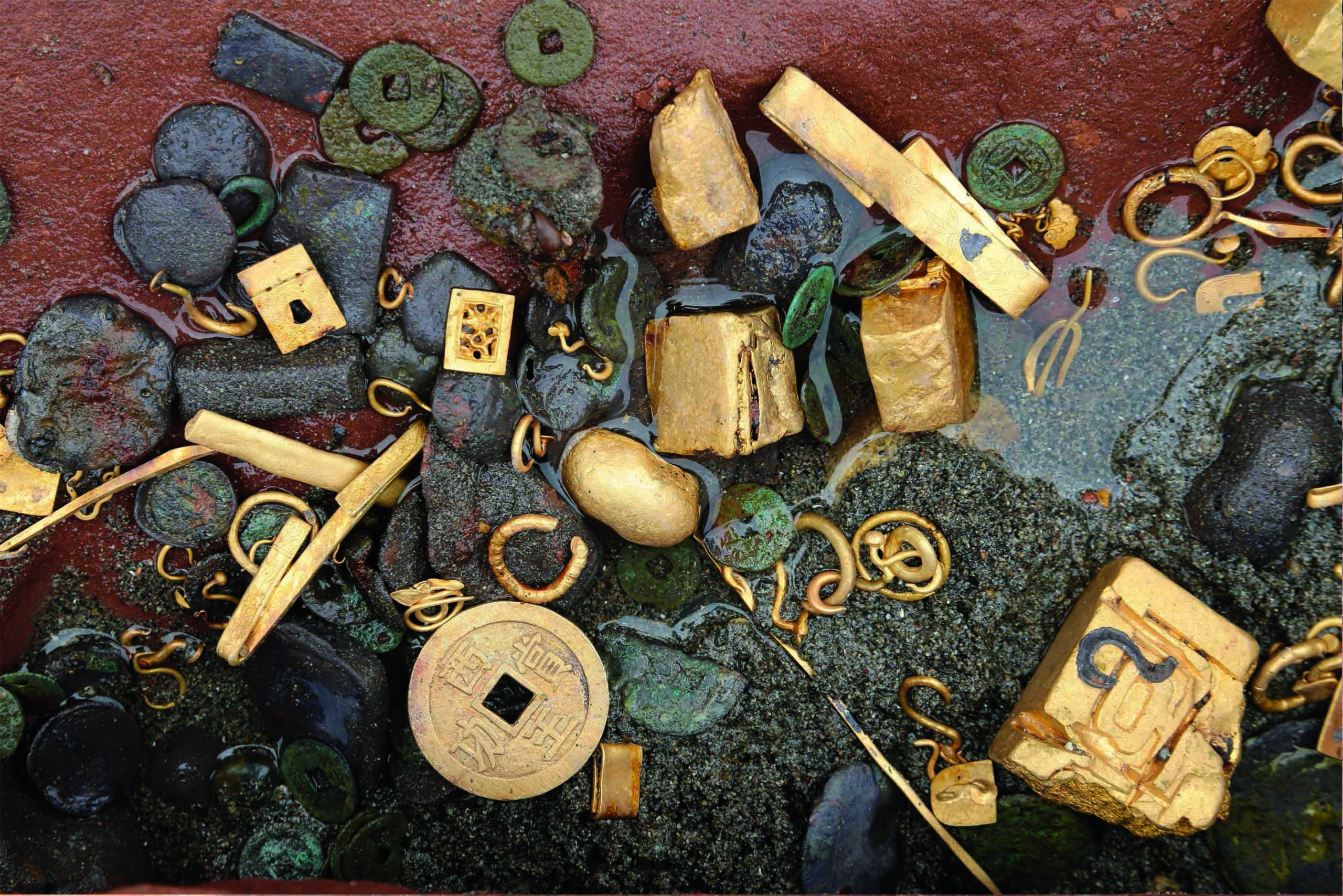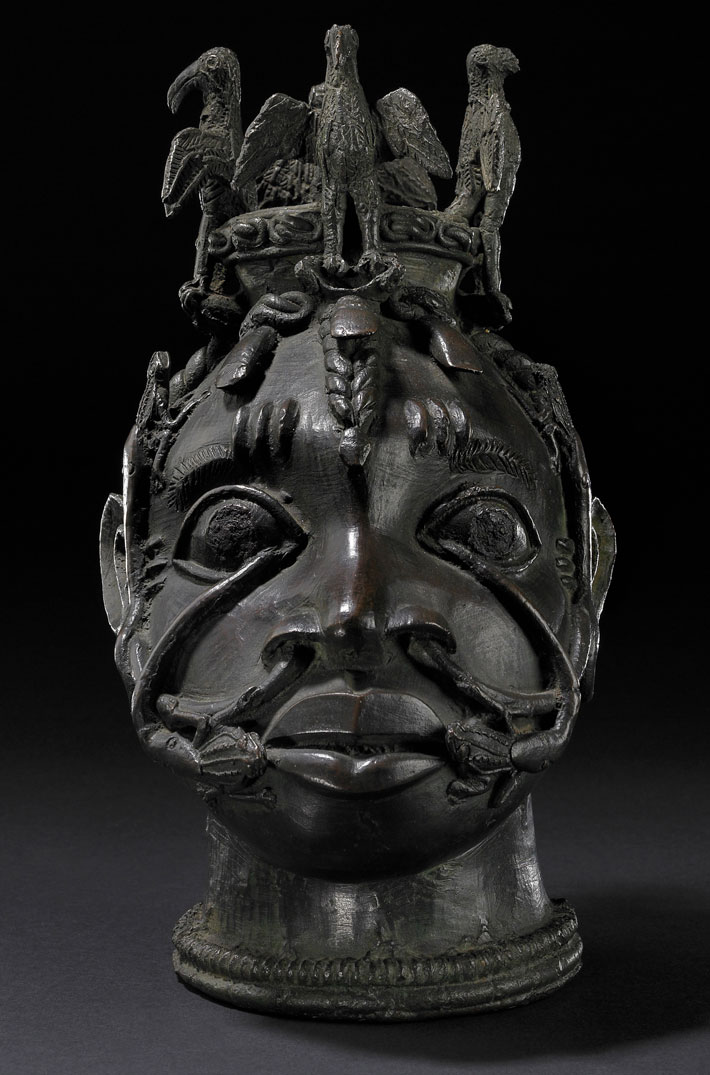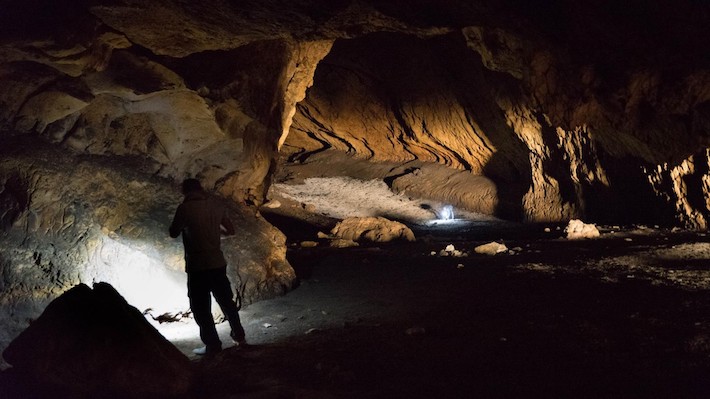
QUEENSLAND, AUSTRALIA—According to a Cosmos Magazine report, a team of scientists including Michael Petraglia of Griffith University constructed a model for the populating of Eurasia using genetic, archaeological, and environmental data. The genetic data included DNA samples from ancient and modern people. “We argue that people first settled when they came out of Africa [some 70,000 years ago], in what we call the ‘hub’ location, or the Persian Plateau,” Petraglia said. The Persian Plateau, he explained, had savannas, grasslands, and forested zones, creating an ideal living situation for a large population of hunter-gatherers. “It is a bit of a mystery as to what exactly happened,” he added. “And I don’t say that we solved it, but that’s what we’re addressing here, through a combination of evidence.” From this hub in the Persian Plateau, waves of migrants may have then eventually spread into Eurasia by some 45,000 years ago. Further investigation of the Persian Plateau could offer additional clues to migration across Asia, Europe, and Oceania, the researchers concluded. Read the original scholarly article about this research in Nature Communications. To read about excavations of the oldest continuously inhabited place in the world, go to "Erbil Revealed."


